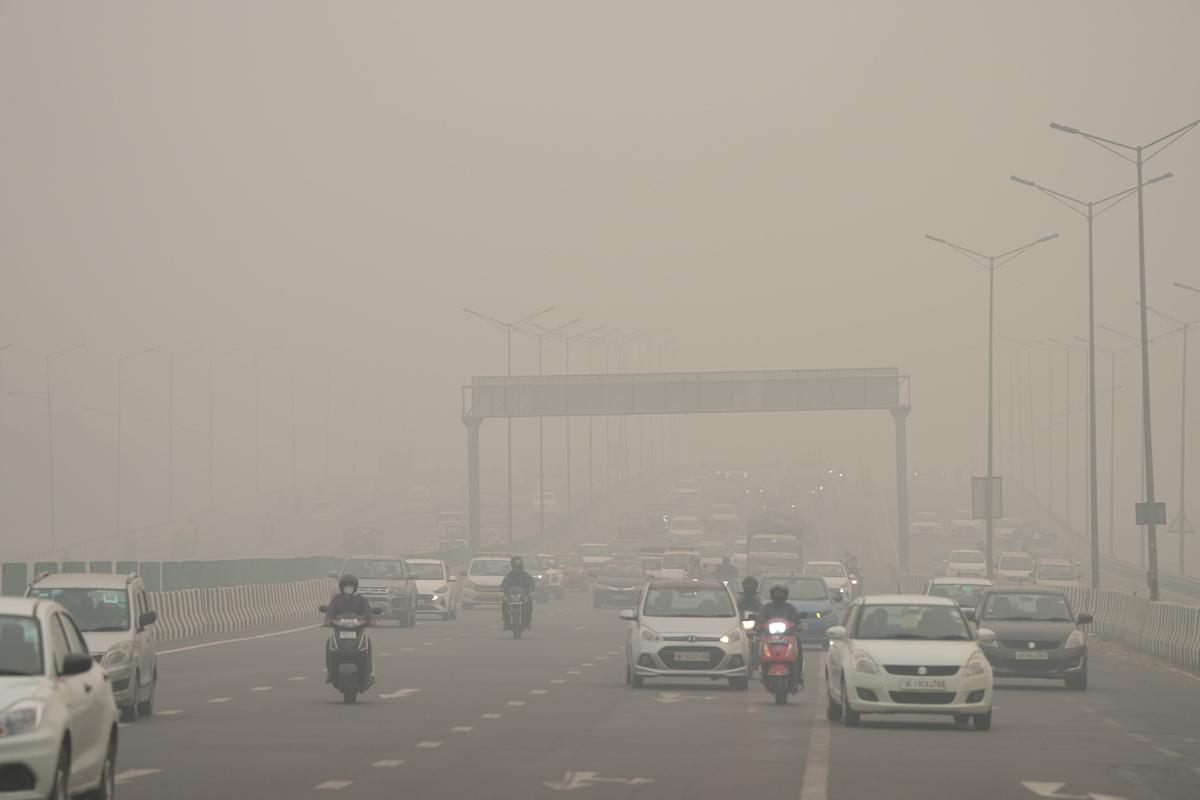Delhi, the heart of India, has long been grappling with the ominous issue of air pollution. In 2023, the capital city finds itself once again at the forefront of discussions surrounding environmental concerns. The term “Delhi air pollution” has become a poignant keyword, encapsulating the ongoing struggle of residents against the invisible enemy that threatens their well-being.
The Current Scenario of Delhi Air Pollution
As we delve into the state of “Delhi air pollution” in 2023, it’s essential to acknowledge the gravity of the situation. The city’s air quality index (AQI) has been consistently alarming, with PM2.5 and PM10 levels soaring far beyond permissible limits. Residents are forced to navigate through a haze of pollutants, impacting not only their health but also their day-to-day lives.

Sources of Air Pollution in Delhi
To comprehend the complexity of “Delhi air pollution,” one must examine its myriad sources. Vehicular emissions, industrial activities, construction dust, and the burning of crop residues in nearby states all contribute to the toxic cocktail that blankets the city. The need for comprehensive measures to address each of these sources has never been more pressing.
Government Initiatives and Policies
In response to the escalating crisis, the Delhi government has implemented several policies aimed at curbing “Delhi air pollution.” Stringent regulations on vehicular emissions, the promotion of public transportation, and initiatives to control industrial emissions mark a step in the right direction. However, the effectiveness of these measures remains a subject of debate among experts.
Community Action and Awareness
Beyond government intervention, the power of collective action cannot be underestimated in combating “Delhi air pollution.” Community-driven initiatives, tree-planting campaigns, and awareness programs have gained momentum, illustrating the resilience and determination of Delhi’s residents to reclaim their right to clean air. Grassroots efforts complement official policies and contribute significantly to the fight against pollution.
The Impact on Health and Well-being
“Delhi air pollution” isn’t just a buzzword; it’s a silent assailant on the health and well-being of the city’s inhabitants. Respiratory issues, cardiovascular problems, and an increased risk of other diseases have become an unfortunate reality for many. The vulnerable, such as children and the elderly, bear the brunt of these health hazards, further emphasizing the urgency for sustainable solutions.
Technological Innovations in Air Quality Monitoring
In the face of adversity, technology emerges as a potential ally. Innovations in air quality monitoring, such as real-time data tracking and mobile applications, empower residents to make informed decisions about their outdoor activities. By staying informed about the current levels of “Delhi air pollution,” individuals can take proactive measures to safeguard their health.
Global Perspectives on Urban Air Quality
Delhi is not alone in its battle against air pollution; cities worldwide are confronting similar challenges. Learning from successful interventions in other global metropolises provides valuable insights for Delhi’s policymakers. Collaborative efforts on an international scale can foster innovative solutions and technologies to address the shared concern of deteriorating air quality.
Conclusion
In the tapestry of Delhi’s existence, the thread of “Delhi air pollution” weaves a narrative of struggle and resilience. As we navigate the complexities of this issue in 2023, it is imperative to recognise that solutions require a multi-faceted approach. Government policies, community engagement, technological innovations, and global collaboration must converge to create a sustainable path towards cleaner air. The keyword “Delhi air pollution” serves not only as a descriptor of the problem but also as a rallying point for collective action, reminding us that the fight for clean air is a shared responsibility that transcends boundaries.







